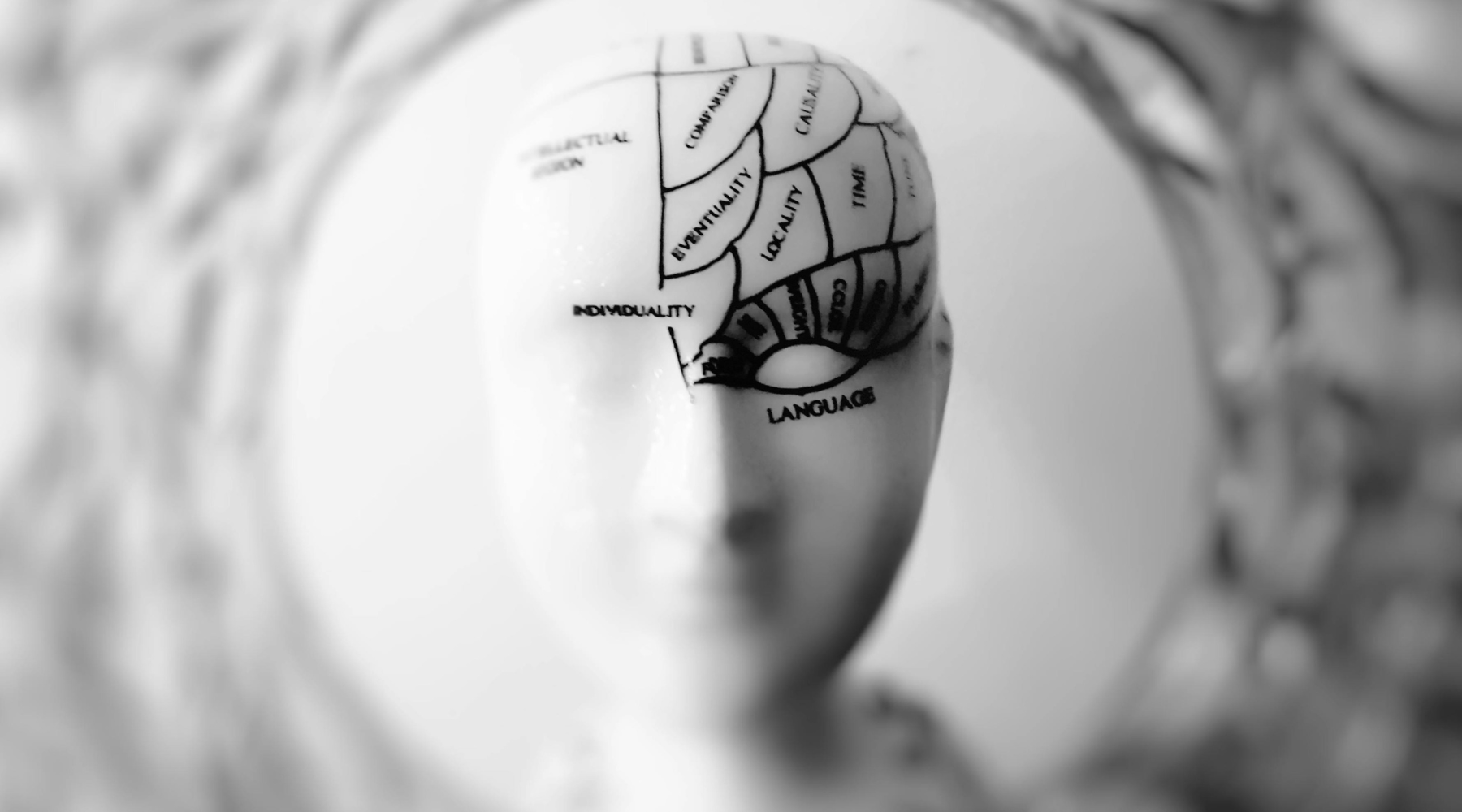Let’s face it, we’ve all found ourselves humming to the tune of 'Insurance Market dot ae' or 'Ba-da-ba-ba-bah, I'm lovin' it'. Some might even know all the lyrics of the 'Dubbizle It' jingle. Isn't it strange how these tunes have a way of staying in our minds?
What might seem like a mundane experience, reveals a powerful secret. It highlights the forces that affect our purchasing decisions.
Even though you may think you are making a logical decision, a massive part of human behavior is typically controlled by unconscious emotions. Neuromarketing thus plays a pivotal role here by offering a method for understanding the 'why' behind consumer behavior.
Did you know, the human brain consists of 86 billion neurons? Each of these neurons can potentially connect to up to 7,000 other neurons, forming a complex network that makes up 2% of our total body weight, and consumes 20% of the body's resources. This allows it to process 11 million bits of information every second!
What does this mean for marketers? The constant influx of data presents a significant challenge: how can we create content that stands out and captures the consumers' attention?
Traditional market research techniques such as surveys and focus groups often fall short as they tend to rely on self-reported data, which can be inaccurate or unreliable. This is because some customers struggle to articulate their thoughts and reasons, while others are influenced by social desirability bias, making the responses skewed.
Neuromarketing employs a different strategy, using technology to peer directly into the minds of the target audience, revealing unconscious emotional triggers that influence purchasing decisions that circumvent cognitive thought.
How Neuromarketing Reads Your Mind
As the name suggests, Neuromarketing uses tools like EEG (electroencephalogram) scans and eye-tracking systems to measure brainwave activity, offering valuable insights into emotional responses to marketing stimuli. Imagine your brain as a bustling carnival, with different sections catering to various sensations and emotions. When engaging with the content you enjoy, such as a Dunkin’ advertisement, the 'happiness' section lights up, signaling activity like lights on a carnival ride.
Traditional marketing focuses on directly questioning the audience about their specific preferences. While this may seem like the logical thing to do, the responses can be skewed based on social situations. For example, people might say that they enjoy go-karting, but there’s a high probability that they secretly enjoy the roller coaster more.
Neuromarketing takes on a completely different approach and reveals true emotions. For example, a sports drink company can leverage it to determine whether advertisements with sharp fonts and bright colors activate the 'motivation' and 'happiness' sections in the brain, more than ads with muted tones and simple fonts.
Top Brands That Use Neuromarketing
Large corporations like Amazon and Google utilize neuromarketing to enhance their marketing strategies while boosting sales.
Hershey’s decoded the sensory experience of consuming their chocolates and discovered that auditory cues like the sounds of unwrapping a Hershey’s Kiss activate pleasure centers in the brain. This led to them redesigning their entire packaging, enhancing their customers’ experience, boosting sales, and dynamically increasing engagement.
Coca-Cola is another major corporation that successfully harnessed the power of neuromarketing. Using EEG and eye-tracking technology, they measured consumers’ cognitive and emotional reactions to ads. Based on the results, they focused on featuring happy people enjoying Coca-Cola in social settings, which significantly boosted company revenue.
Mattel's Barbie is another company that used neuromarketing to understand nostalgia. By incorporating nostalgic elements into their marketing campaigns, especially during the release of the Barbie movie, they created a deep emotional connection with the audience, enhancing brand affinity and engagement.
The Future is Now: Neuromarketing and AI
Now let’s address the elephant in the room, AI. The combination of artificial intelligence and neuromarketing marks a transformative era in marketing. Being inherently different from each other, both these technologies offer complementary insights into consumer behavior.
While neuromarketing reveals subconscious desires, AI analyses this data to craft hyper-targeted campaigns. This synergy allows brands to generate campaigns catered to audiences based on their subconscious desires, creating deeper emotional connections.
The Human Touch
In the AI era, human intuition and creativity remain indispensable in marketing. AI is supposed to enhance and complement, not replace these qualities. The human aspect—the capability to connect, understand, and empathize — imbues marketing efforts with resonance and authenticity. AI acts as a powerful ally, augmenting human capabilities and enabling marketers to delve deeper into consumer insights.
AI, Neuromarketing and the Ethical Landscape: Where Should We Draw the Line?
Similar to other technologies, the use of AI and neuromarketing should be transparent and responsible, taking into consideration ethical practices. It is crucial for brands to clearly state when they are using or collecting neuromarketing data to build consumer trust.
When used responsibly, AI-powered neuromarketing has the power to revolutionize the way brands connect globally. For example, technologies such as Virtual reality (VR), have the potential to immerse consumers in new and engaging brand experiences, tapping into their senses and emotions like never before. Brain-computer interface interactions also open vast avenues for direct consumer engagement, creating a path for impactful marketing strategies.
The future of marketing and advertising lies at the nexus of technology. As new technologies emerge, the digital landscape is rapidly and constantly evolving. Will AI-powered neuromarketing create meaningful connections or exploit subconscious choices? The answer depends on our capability to navigate this landscape with clarity and a commitment to innovation. By harnessing the power of AI while adhering to ethical principles, brands can drive a transformative journey confidently.






